Jazz: Ragtime roots
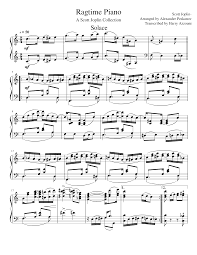
Where Did Jazz Come From?
Ragtime was a genre that combined musical composition and dance with a unique syncopated rhythm and decorative melodies. It was a popular style of American music beginning from the 1890s to the early 1900s. Despite its decline in the 20th century, ragtime was the forerunner of Jazz.
Ragtime was the immediate introduction to Jazz. Jazz bands combined improvisation with blues and the ragtime style. Ragtime’s signature sound originated in compositions for the piano which notable jazz musicians such as Thelonious Monk, Herbie Hancock, and Oscar Peterson were known for incorporating. These compositions were also highly associated with Scott Joplin, ragtime originator.
Many styles of Jazz today use the saxophone to play melodic sounds in the syncopated rhythm that ragtime was known for. However, ragtime remains in a unique lane of it’s own. Previously misunderstood for it’s “off-beat” tendencies and heavy African American influences, today it is appreciated for it’s unique approach to music composition and fun feel. What sets Jazz apart is improvisation. In combination with its West African roots and musical expression, it’s spontaneity is what will make Jazz continue to last a lifetime. Nonetheless, jazz and many other music genres and styles owe credit to ragtime
Relevant Posts:
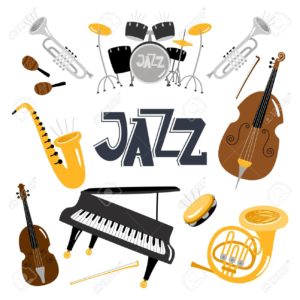
The History Of Jazz
In this course I learned the Roots of the music genre Jazz. This consisted of learning the different styles that emerged from Jazz such as:
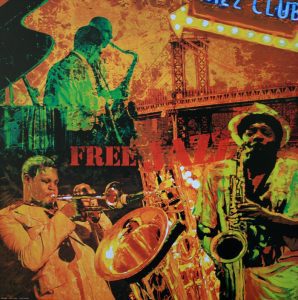
Free Jazz – Albert Tyler’s “Spiritual Unity”
Spiritual Unity Breakdown Track 1 & 4- Ghosts Track 2 – The Wizard Track 3 – Spirits Track 5 – Vibrations Overall Listening to this
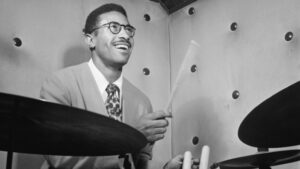
Max Roach – Bebop Musician
Maxwell or Max Roach was born on January 10, 1924 in NewLand North Carolina. Seeking better opportunities his parents moved Roach and his family to

Whack World: Genius of Tierra Whack- Imani Blue
/*! elementor – v3.18.0 – 08-12-2023 */ .elementor-heading-title{padding:0;margin:0;line-height:1}.elementor-widget-heading .elementor-heading-title[class*=elementor-size-]>a{color:inherit;font-size:inherit;line-height:inherit}.elementor-widget-heading .elementor-heading-title.elementor-size-small{font-size:15px}.elementor-widget-heading .elementor-heading-title.elementor-size-medium{font-size:19px}.elementor-widget-heading .elementor-heading-title.elementor-size-large{font-size:29px}.elementor-widget-heading .elementor-heading-title.elementor-size-xl{font-size:39px}.elementor-widget-heading .elementor-heading-title.elementor-size-xxl{font-size:59px} Who is Tierra Whack? Tierra Whack, a Grammy nominee, Double-XXL freshman,

Jazz as a Catalyst for Social Change: A Harmonious Connection – Imani Blue
/*! elementor – v3.18.0 – 08-12-2023 */ .elementor-heading-title{padding:0;margin:0;line-height:1}.elementor-widget-heading .elementor-heading-title[class*=elementor-size-]>a{color:inherit;font-size:inherit;line-height:inherit}.elementor-widget-heading .elementor-heading-title.elementor-size-small{font-size:15px}.elementor-widget-heading .elementor-heading-title.elementor-size-medium{font-size:19px}.elementor-widget-heading .elementor-heading-title.elementor-size-large{font-size:29px}.elementor-widget-heading .elementor-heading-title.elementor-size-xl{font-size:39px}.elementor-widget-heading .elementor-heading-title.elementor-size-xxl{font-size:59px} Origins of Jazz Picture this: The dawn of the 20th century,
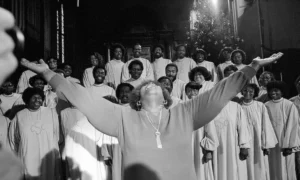
Evolution of Black Gospel Music: A Comparative Analysis with Contemporary Gospel -Imani Blue
Black gospel music is deeply intertwined with the African-American experience, having evolved into a compelling and influential genre within the broader spectrum of gospel music.

